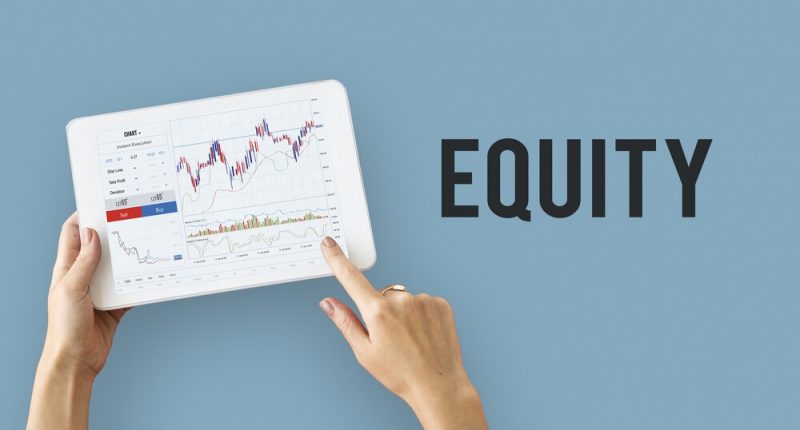Indian equities logged a strong rebound in April 2023, as per a report of a prominent mutual fund house. The benchmark indices such as Nifty 50 and S&P BSE Sensex ended the month a notch higher by 4.1% and 3.6% respectively.
A few of the key factors that influenced the market during the month included the decision taken by the Reserve Bank of India (RBI) to pause hiking of repo rate for the moment, the announcement of a cut in oil production by the Organisation of the Petroleum Exporting Countries (OPEC), better than expected growth in China, the International Monetary Fund (IMF) revising down India’s growth forecast and expectation of normal monsoon by the India Meteorological Department (IMD).
When it comes to market capitalisation, mid-caps and small-caps outperformed large-caps in April 2023. A broad-based improvement in returns was witnessed across most major sectors barring information and technology (IT), which underperformed. For instance, auto, capital goods, banking, healthcare and metals were sectors that outperformed.
Foreign portfolio investors (FPI)s bought equities to the tune of US$ 1.4 billion in April 2023. The number stood at US$ 1.0 billion in March 2023.
However, these FPIs have cumulatively sold equities worth US$ 1.8 billion in 4MCY ’23 (4MCY ’22: US$ 16.8 billion).
Similarly, domestic institutional investors (DIIs) bought equity worth US$ 0.3 billion in April 2023 (March 2023: US$ 3.7 billion) and have cumulatively bought US$ 10.4 billion in 4MCYTD ’23 (4MCYTD ’22: US$ 17.8 billion).
As per the report, 0f the Q4FY23 results, earnings of private banks were relatively better than expected while that of cement, oil & gas, consumer staples and auto were largely in line with expectations. On the other hand, earnings of IT, consumer durables and chemicals were lower than expected.
As on April 30, 2023, Nifty-50 was trading at 17x FY25E price to earnings multiple. The valuation multiples have moderated from their recent peak and are now close to their historical averages.
India’s market cap-to-GDP stood at 81% (based on CY24 GDP estimates), off its peak and within the historical range of the past decade (70-100%).
The gap between the 10-year benchmark government bond yield and one-year Forward Nifty 50 earnings yield (earning yield = 1/ (one-year forward P/E) has also tapered from its peak. So, while market valuations are still over the historical average but have corrected from their peak.

Rajiv is an independent editorial consultant for the last decade. Prior to this, he worked as a full-time journalist associated with various prominent print media houses. In his spare time, he loves to paint on canvas.





